Every October, the world comes together to mark Breast Cancer Awareness Month—a movement that has grown from grassroots campaigns into one of the largest global health observances of the year. In 2025, the focus is not just on awareness but on translating knowledge into meaningful action: improving early detection, ensuring equitable treatment, and supporting survivors throughout their journeys.
This year’s observance comes at a time when scientific breakthroughs, digital health innovations, and global advocacy are reshaping the fight against breast cancer. Yet, it also arrives against a backdrop of deep inequalities in care, limited resources in many regions, and the need for stronger community engagement.
The Global Burden
Breast cancer remains the most common cancer among women worldwide. According to recent health data, it accounts for nearly one in four cancer cases diagnosed in women. Survival rates are dramatically different depending on where a woman lives. In high-income countries with regular screening and advanced treatment, early-stage breast cancer survival exceeds 80–90%. In contrast, in low- and middle-income regions, survival rates often fall below 50%—not because treatments are unavailable globally, but because access to them remains uneven.
The urgency of Breast Cancer Awareness Month 2025 lies in closing this gap.
Why Awareness Is Still Crucial
Critics sometimes argue that “awareness” alone isn’t enough. Yet awareness remains the foundation of progress for several reasons:
- Early detection saves lives. Women who undergo regular screening—such as mammograms or clinical exams—are far more likely to have their cancers caught at a treatable stage.
- Knowledge fights stigma. In some societies, myths and taboos about cancer discourage women from seeking medical help, leading to delayed diagnoses.
- Education empowers families. Awareness efforts extend beyond individuals, influencing spouses, children, and communities to support women in their health journeys.
- Policy change begins with visibility. Broad awareness pushes governments to fund screenings, subsidize treatments, and expand healthcare access.
Key Themes in 2025
This year’s campaign highlights several priorities that go beyond pink ribbons and slogans:
1. Expanding Access to Screening
Mobile mammography units, AI-assisted imaging, and portable ultrasound technologies are being rolled out in underserved regions. These innovations aim to detect cancers earlier, especially in communities where hospitals and specialists are scarce.
2. Personalizing Treatment
The growing field of genomics and precision medicine is transforming breast cancer care. Genetic testing can identify women at high risk, while targeted therapies match treatments to tumor biology. However, a major challenge remains: how to make these advanced options affordable and accessible worldwide.
3. Survivorship and Quality of Life
Survival is no longer the only measure of success. Survivors often face long-term effects, including lymphedema, fatigue, anxiety, and financial strain. Global advocates stress the need for holistic care models that prioritize mental health, physical rehabilitation, and community reintegration.
4. Equity in Cancer Care
Perhaps the most pressing theme of 2025 is equity. WHO and partner organizations are urging governments to reduce disparities by funding public screening programs, training healthcare providers, and subsidizing essential medicines.
The Role of Communities
Breast Cancer Awareness Month thrives on community action. From charity walks to workplace education drives, grassroots efforts remain a powerful engine of change. In many countries, survivor groups are at the forefront—breaking silence, providing peer support, and pushing for stronger national cancer strategies.
In 2025, digital campaigns are amplifying these efforts. Social media movements are spreading messages about self-checks, early warning signs, and the importance of routine care. Health influencers and medical professionals are using TikTok, Instagram, and YouTube to dismantle myths and encourage open conversation.
What Still Needs to Be Done
Despite decades of progress, challenges remain daunting:
- Infrastructure gaps: Many hospitals lack the diagnostic equipment needed for timely detection.
- High costs: Even in middle-income countries, mammograms and chemotherapy are often unaffordable.
- Cultural barriers: In some communities, women delay seeking care out of fear of stigma or discrimination.
- Data collection: Many countries lack comprehensive cancer registries, making it hard to track trends and allocate resources.
Health advocates stress that awareness must evolve into sustained action—policy reform, healthcare investment, and international cooperation.
Looking Ahead: A Message of Hope
While the statistics may seem daunting, Breast Cancer Awareness Month is ultimately about hope. Every woman who receives an early diagnosis, every survivor who reclaims her life, and every breakthrough in science represents progress.
The message of 2025 is clear: Breast cancer is not an individual struggle but a shared responsibility. Governments, healthcare providers, researchers, communities, and families all have roles to play. By transforming awareness into action, the world can move toward a future where breast cancer is detected early, treated effectively, and survivorship is supported fully.

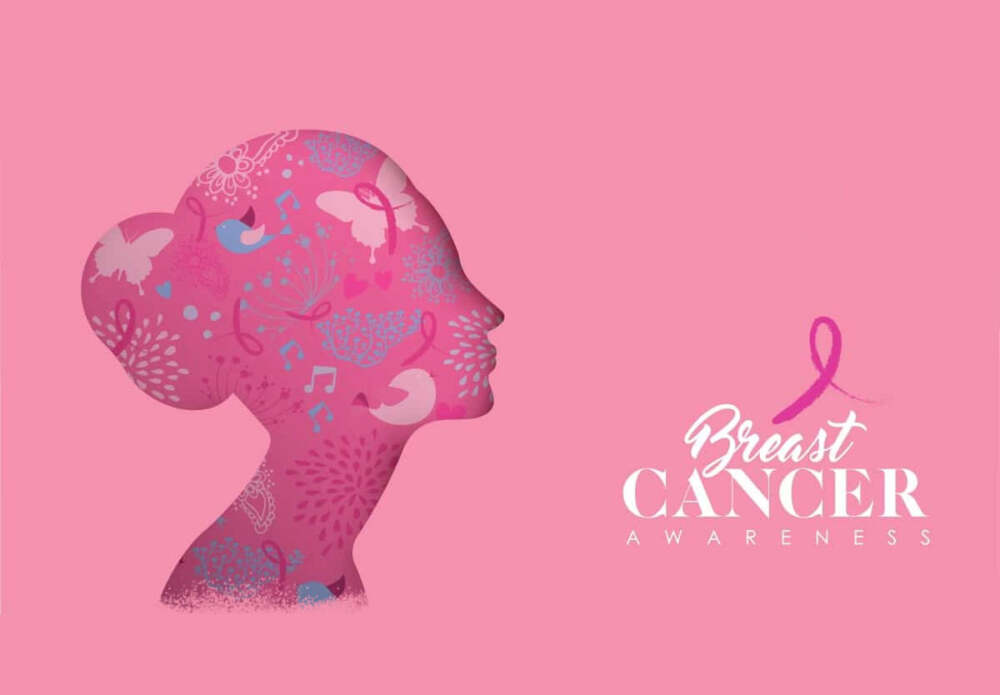


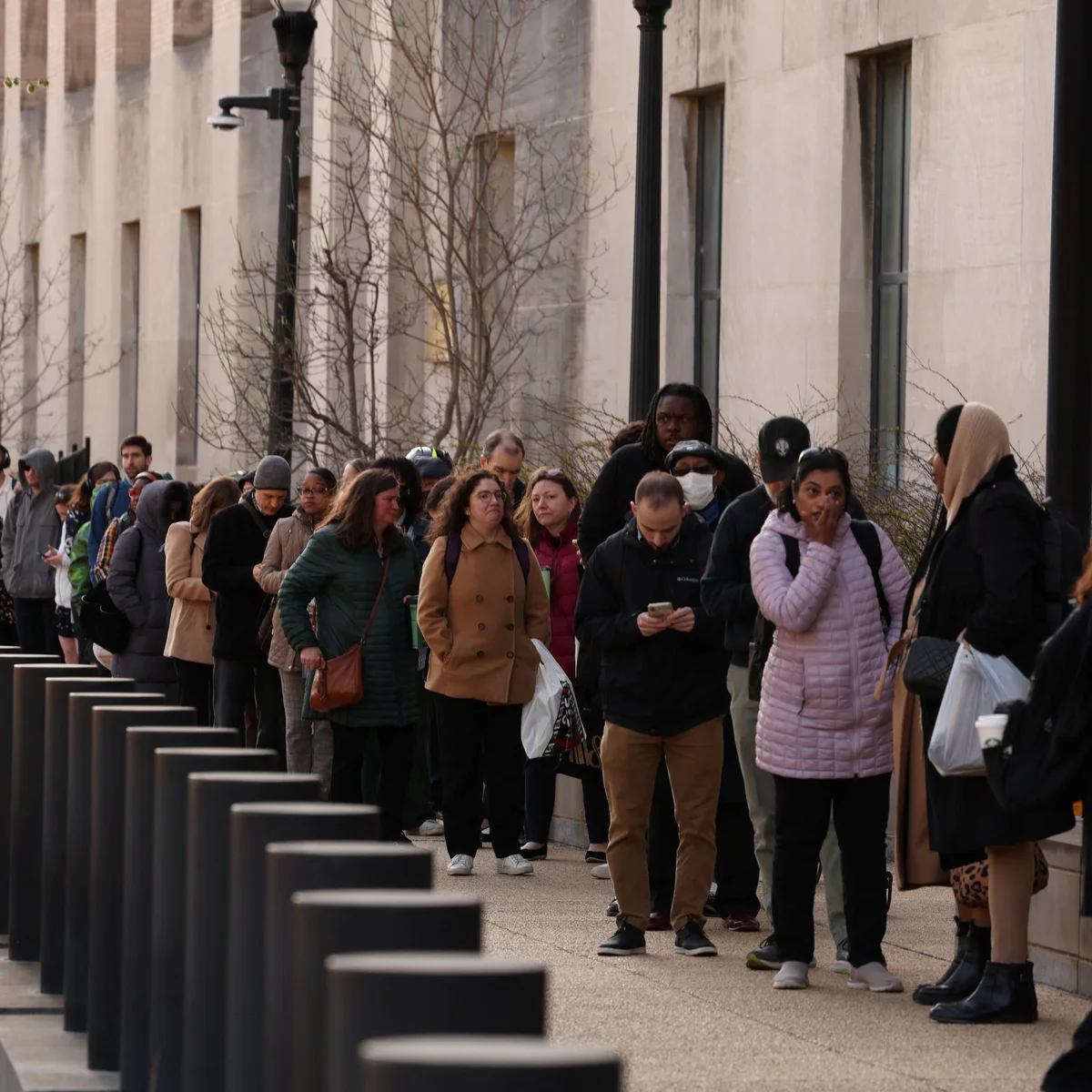
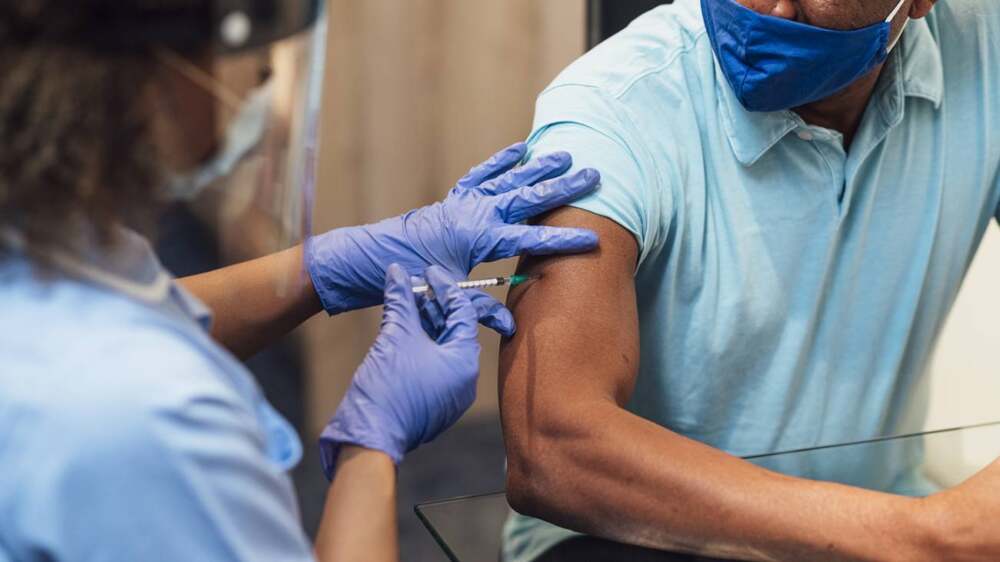
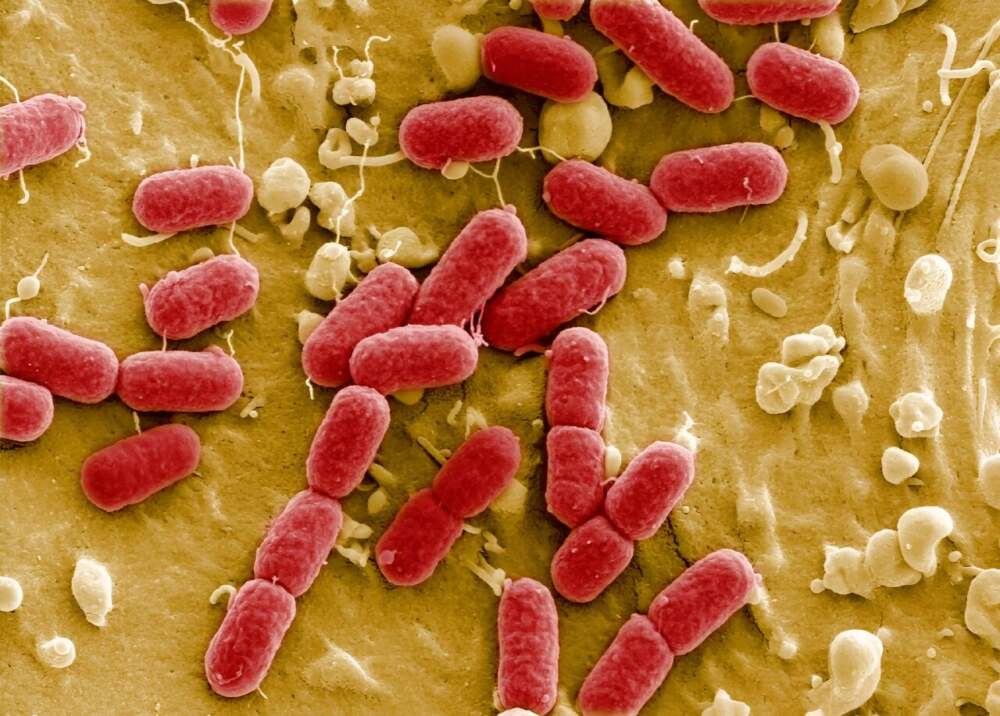
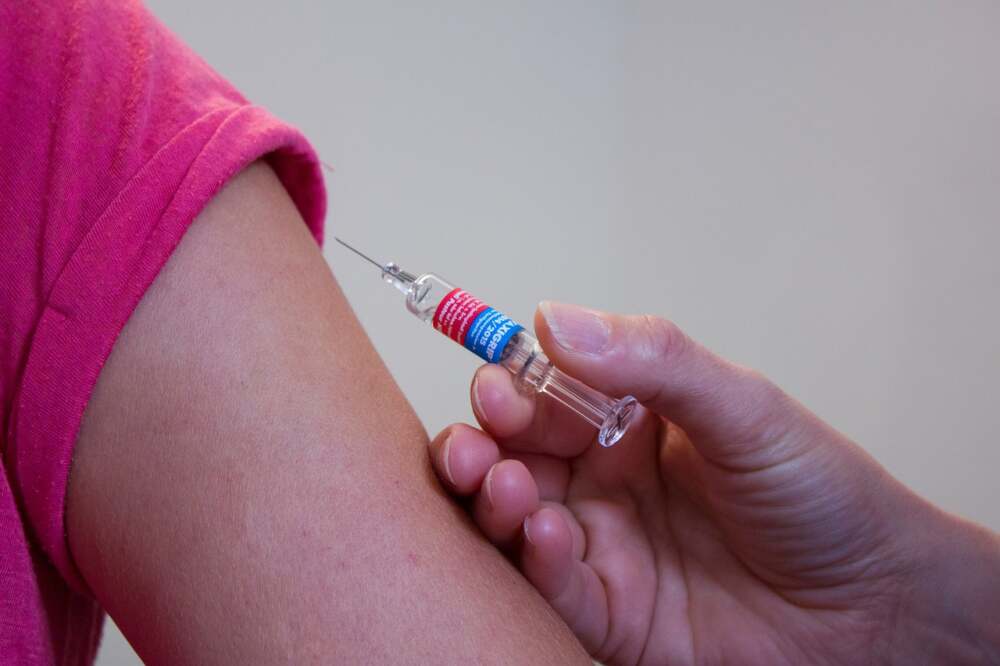

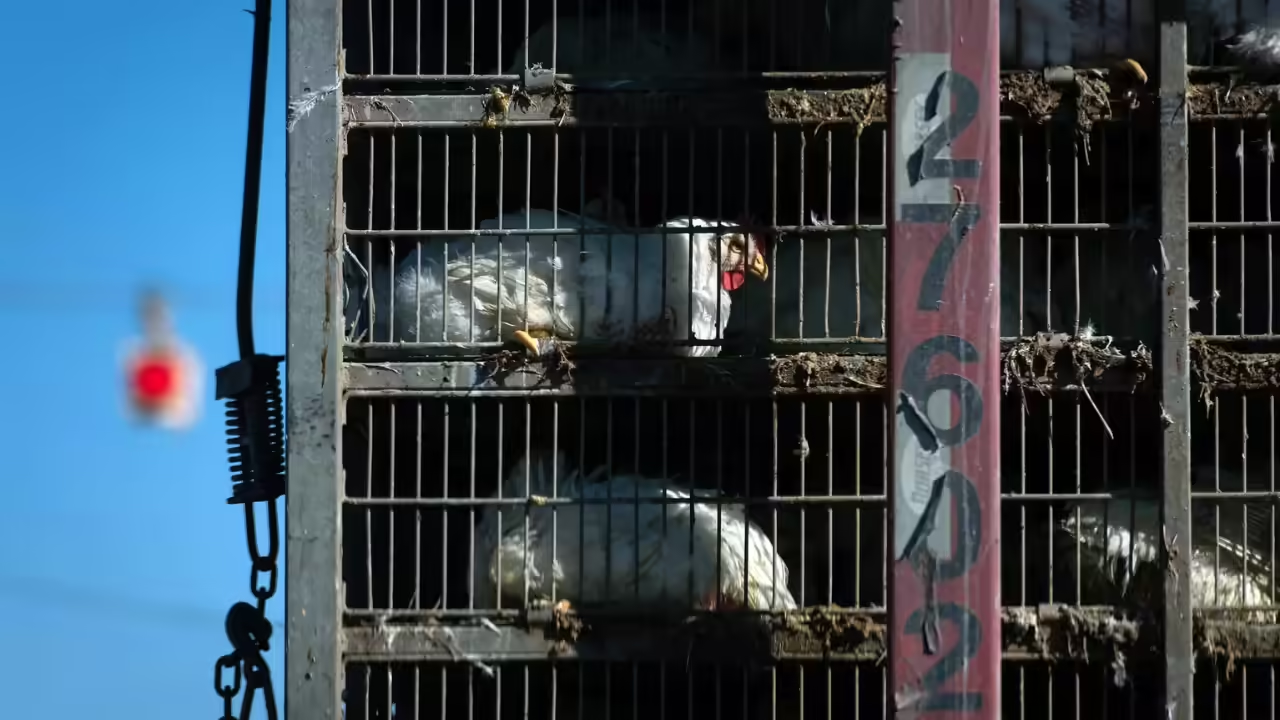
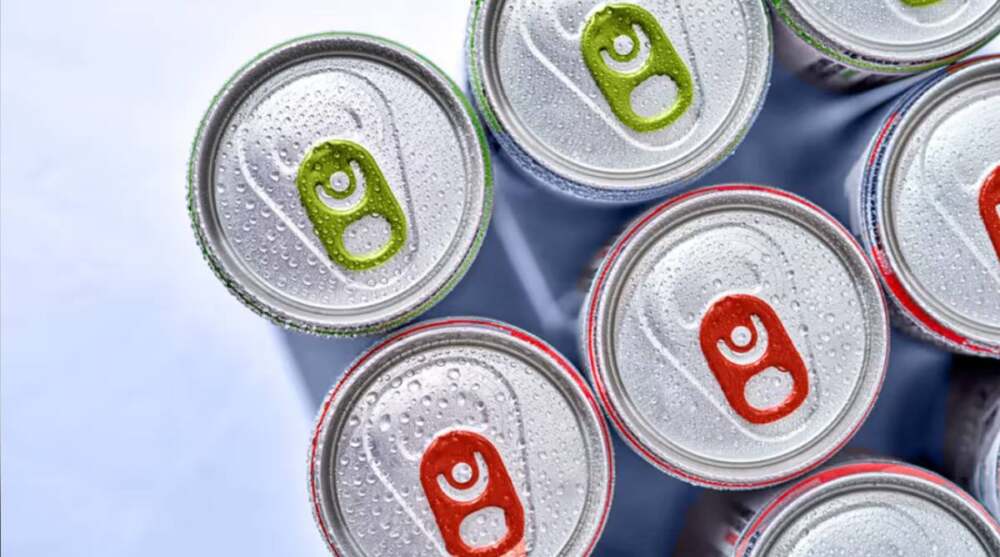
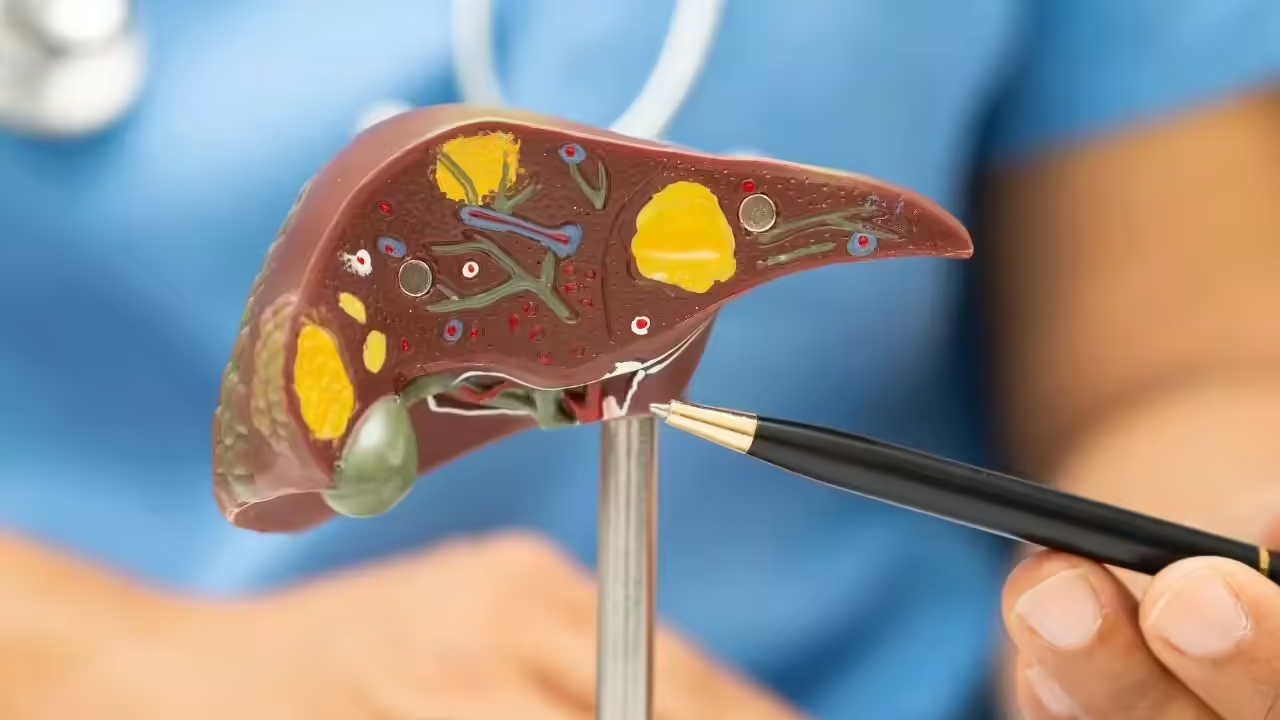




Leave a Reply